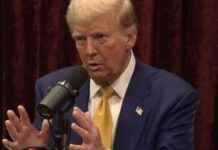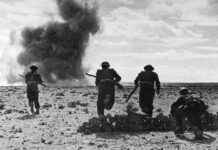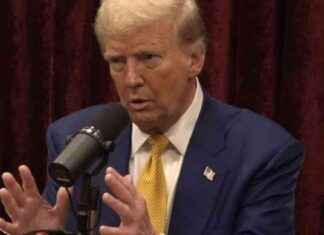Two Souls Beating in the Chest by Isoroku Yamamoto (1884–1943). One belonged to a samurai who had worked his way up to the head of the Japanese fleet from a humble background. The other drove a visionary who, like few strategists of his time, drew conclusions for naval warfare from technical progress and thus on December 7, 1941 destroyed the US Pacific Fleet in Pearl Harbor on Hawaii. His samurai heritage was to see him fail in the end.
Born Isoroku Takano on April 4, 1884 to an impoverished ex-samurai, Takano attracted attention with his excellent performance in the Navy and was promoted to lieutenant commander at the age of 31. So the influential Yamamoto clan made him the not unusual offer to take the place of a deceased heir.
This accelerated his rise, but did not limit his horizons. Yamamoto learned English at an early age, read the Bible and, among other things, got to know and appreciate the USA as a naval attaché. Unlike most of his comrades, he quickly realized that the future of the Navy was not in the cruisers and battleships, but in the air.
As captain of aircraft carriers, commander of flying schools, and deputy minister of the Navy, Yamamoto devoted his energies to providing Japan with the best carrier fleet in the world. Cruisers and battleships have been converted to carriers. The most powerful aircraft types of their time were created in cooperation with industry. Their pilots were even trained in night raids.
Knowing the industrial potential of the USA, he opposed the army’s war drive, but as Commander-in-Chief of the United Fleet from 1939 he developed a strategy that offered Japan the chance to win a war against the USA and the western colonial powers. The Allied fleets in the Pacific were to be destroyed in quick strikes in order to create a glacis in which counterattacks would get stuck.
With the attack on Pearl Harbor, for which he deployed six large carriers with 440 aircraft, he set an example with which he turned the war in Europe and China into a world war. But the US really turned out to be the “sleeping giant” that Yamamoto had always warned about. Just six months after Pearl Harbor, his fleet suffered a crushing defeat at Midway, losing four large carriers. The calculation to face the opponent in a decisive battle turned out to be a mistake.
The samurai’s confidence in winning with practice and discipline was not enough against the resources of the United States. Because Yamamoto hadn’t thought of the necessary depth armor. There was a lack of modern-minded admirals, reserves of trained pilots and porters and an efficient submarine weapon. Instead, Japan’s steel was invested in the construction of two conventional super battleships that were later sunk by US bombers.
Convinced that the Americans would not crack his code (which they had long since done), Yamamoto undertook an inspection flight to the Solomon Islands on April 18, 1943. On landing, he was shot down by US long-range fighters. His death marked the turning point in the Pacific War. Until then, Japan’s fleet had been able to keep the US Navy at bay. From now on the road to total defeat opened up.
You can also find “World History” on Facebook. We are happy about a like.
This article was first published in April 2021.








